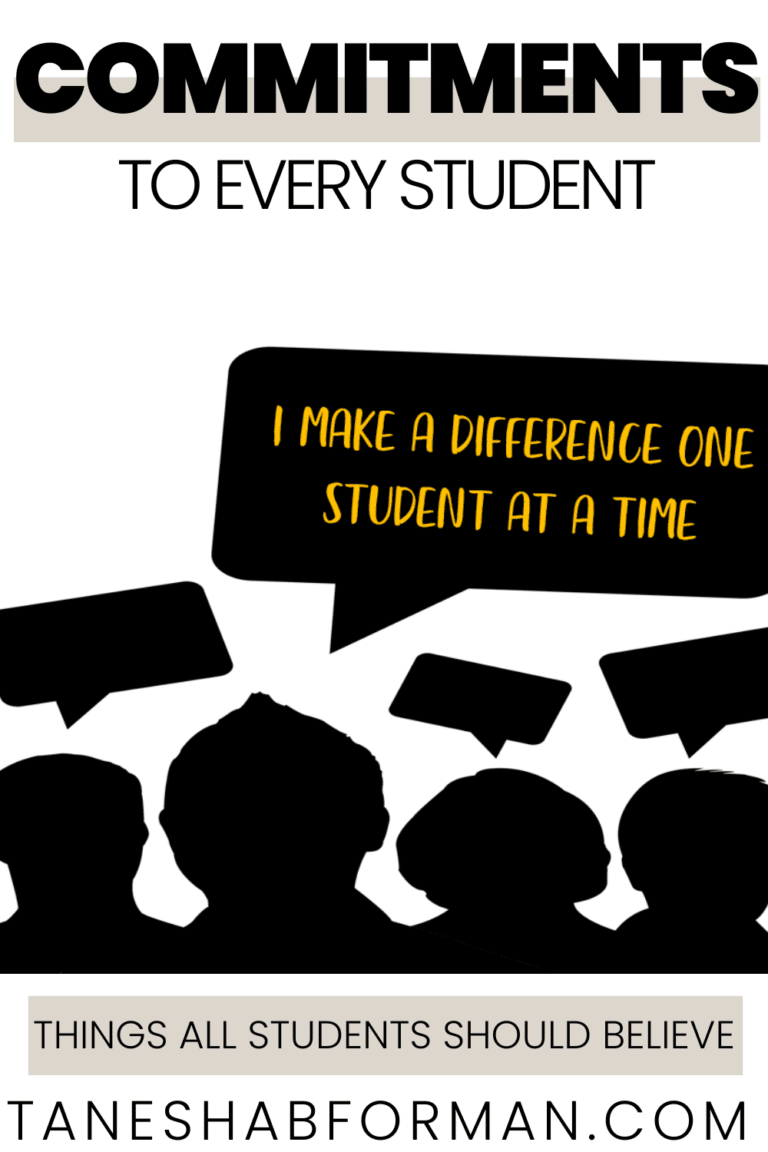

Rethinking Grit and the Classroom
This is one the most common misconceptions about grit, and something I can honestly say I adopted. Everything was about being “gritty” and not making excuses. We celebrated students who were “persevering”, and to some degree shunned those who made excuses, no matter how valid their claims. I have to mention that the majority of students served were from low income communities and/or students of color. I mention this because many of my students demonstrated grit simply by showing up on time daily in spite of the challenges they face. My eyes were opened as I continued to research about correlation between no excuses, and grit. It started with this article, which delves into the issue with taking a no excuse approach to grit, and how condescending it could be for students in our neediest communities. I would never want to send the message that their life circumstances are insignificant, or irrelevant. I also never want my students to believe that working hard will always lead to the given outcome because we know that structural and institutional racism are real insurmountable barriers.
2) LEVERAGE STUDENT STRENGTHS
Directly related to the aforementioned topic is the fact that students come to us with strengths and
experiences that demonstrate their ability to persevere over time to achieve outcomes. Think about students living in poverty, or with parents whose work schedules do not align with the start of the school day. There are students who wake up siblings, get them dressed, walk them to school, or the school bus, and for some, fight through other markers of poverty… just on their way to school. Many have been doing this years, and a countless number do it so well that their teachers don’t even know they are doing it because they make it “look easy.” If that’s not grit, perseverance, and character then I don’t know what it. I would say some students have more “grit” than their teachers. #letskeepitreal The big question is, “how to harness this in school?” I don’t have the answers (sorry), but I do have a few thoughts:
– Get to know students and THEIR stories versus creating your own narrative.
– Ask students about THEIR goals and why they matter.
– “Call Your Shot”: Make connections between student actions and the resulting outcome. Narrate for students how their actions over time impact their progress.
Conversations about grit should not be used to force compliance into a certain norms. This means, talking about grit in a way that simply recognizes students for meeting expectations grounded in the dominant norms of society. For example, when *some* students are recognized for completing homework assignments, paying attention in class, or taking a test seriously it might be praised as them being “gritty.” I’ve done it myself. The issue is whose goal is it? Why does this goal matter to students? It this the right thing to praise as grit, or is it just celebration of compliance?
As it stands, my personal jury is still out when it comes to grit and the classroom. I will continue to learn more, and check myself when I start engaging in practices that water down the intent of teaching grit or masks it as something as the result of effort (not privilege) without fully delving into the realness that overburdens so many of my students.
So what do you think? I’d love to know! Lets connect in the comments!
Here’s what other educators are saying about grit:
– Teaching Grit
– Grit Video
– The “Grit” Narrative, “Grit” Research, and Codes that Blind
– Testing for Grit and Joy

PIN FOR LATER!
JOIN THE COLLECTIVE
Sign up and access the FREE resources to support your Anti-Bias/Anti-Racism journey.

Tanesha B. Forman
I'm a current middle school administrator who loves breaking down complex topics and providing opportunities for educators learn, reflect, practice, and implement methods that foster equity and anti-racism. I believe we win together!
Behind the Blog


Hi, I'm Tanesha.
I’m a current middle school administrator who loves breaking down complex topics and providing opportunities for educators learn, reflect, practice, and implement methods that foster equity and anti-racism. I believe we win together!














2 thoughts on “Rethinking Grit and the Classroom”
I like what you are bringing to this conversation. Sure, I like the idea of “grit,” but the overall message and implementation can be problematic. There is no possible way to know what our students experience outside of our classroom. Plus, many mental and physical health conditions are under-diagnosed. I think a blanket statement to encourage all students to have grit will harm many of our students.